Satisfied Patients
Years of Experience
Award wining Procedures
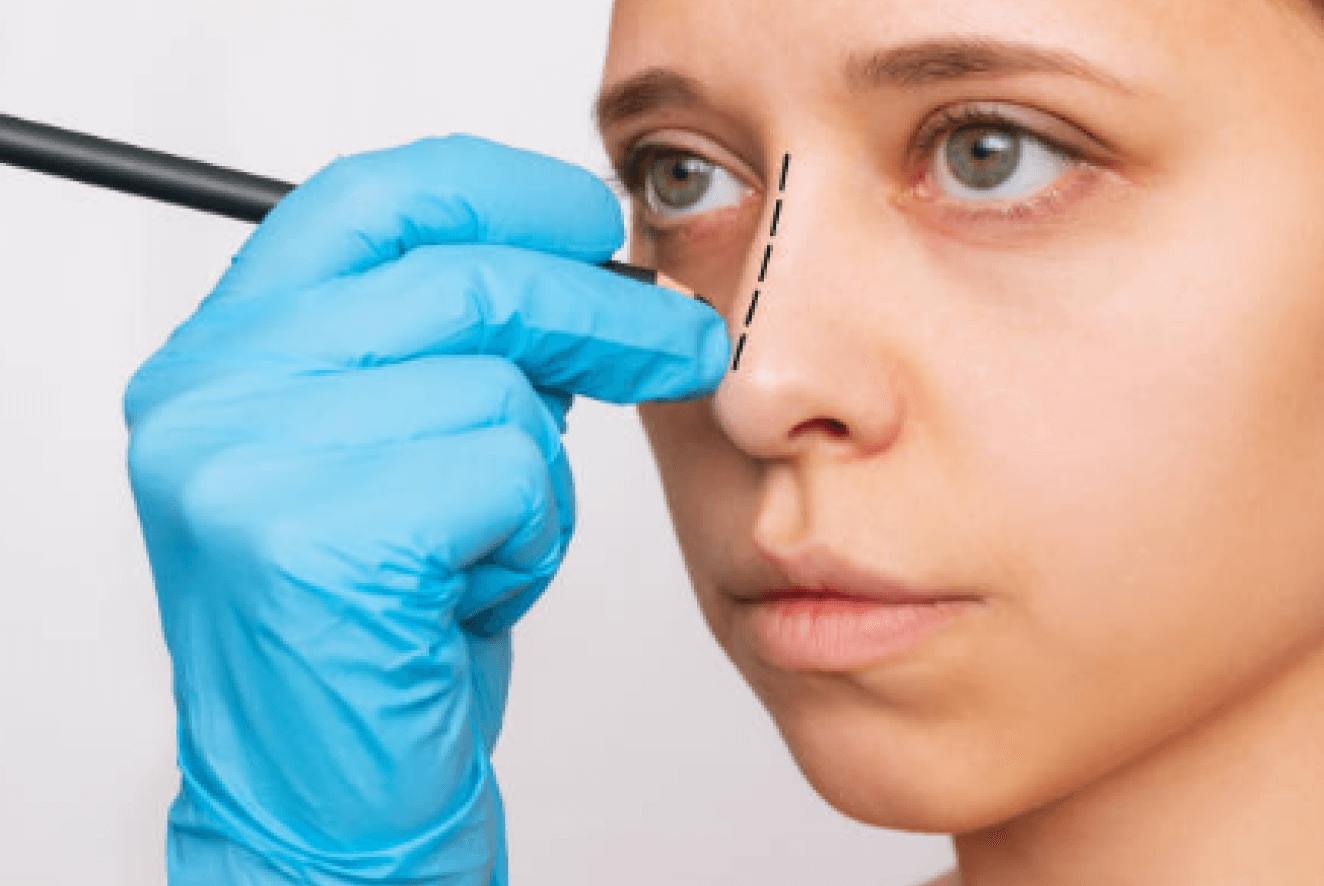
Breast augmentation, medically known as augmentation mammoplasty, is a surgical procedure designed to enhance breast size, shape, and volume. This procedure is commonly performed using silicone or saline implants but can also involve fat transfer techniques for a more natural enhancement.
Many individuals choose breast augmentation surgery for various reasons, including:
Breast augmentation is one of the most popular cosmetic surgeries worldwide, offering long-lasting results and a significant boost in self-confidence. However, it is crucial to understand the techniques, risks, and recovery process before undergoing the procedure.
Breast augmentation follows a structured process, ensuring patient safety and optimal results. The surgical procedure generally includes the following steps:
General anesthesia or intravenous sedation is administered to keep the patient comfortable and pain-free.
The surgeon makes small incisions in one of three locations, depending on the surgical plan and implant type: Inframammary incision (under the breast fold) – Most common approach. Periareolar incision (around the nipple) – Provides good access but may affect nipple sensation. Transaxillary incision (in the armpit) – Leaves no scars on the breast but requires specialized techniques.
The implant is positioned in one of two locations: Subglandular placement (above the chest muscle) – Faster recovery but may be more visible in thin patients. Submuscular placement (under the chest muscle) – More natural look and feel, with reduced risk of implant rippling.
The incisions are closed using dissolvable sutures or surgical tape to minimize scarring. A supportive dressing or surgical bra is applied to aid healing and comfort.
Breast augmentation offers numerous benefits, both physically and emotionally. Some key advantages include:
Creates proportional, well-balanced curves that complement the body’s shape.
Improves symmetry in patients with uneven breasts.
Allows individuals to wear styles they previously avoided due to lack of volume or asymmetry.
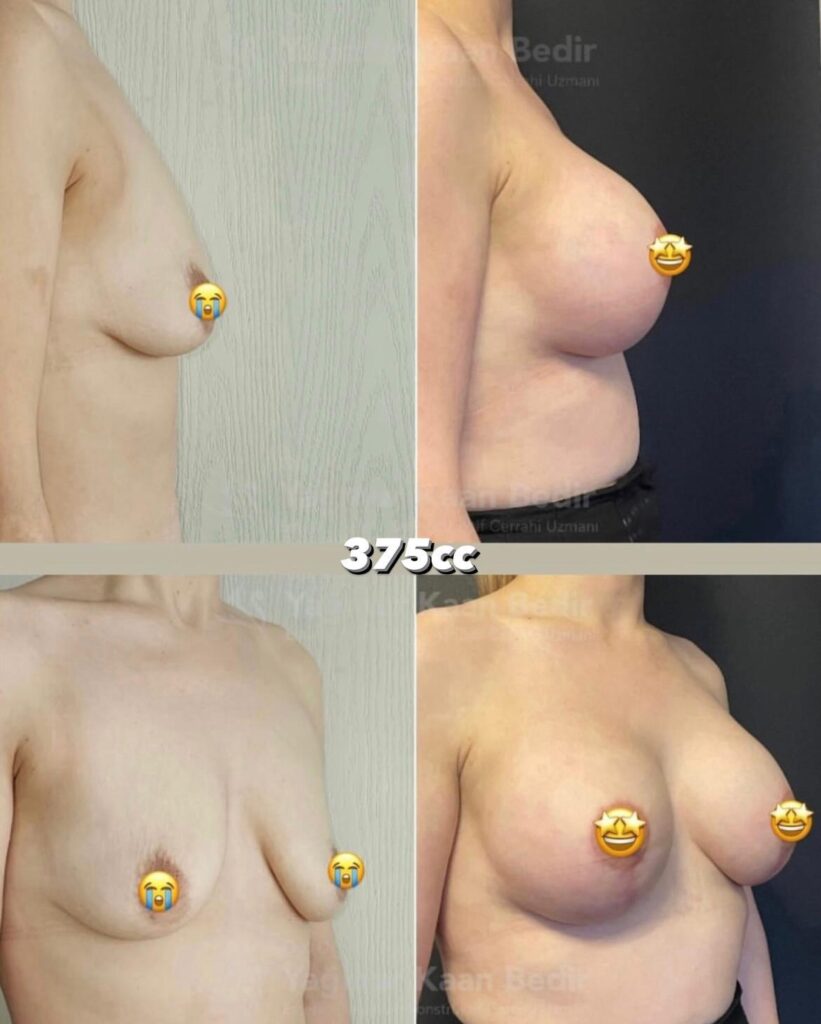
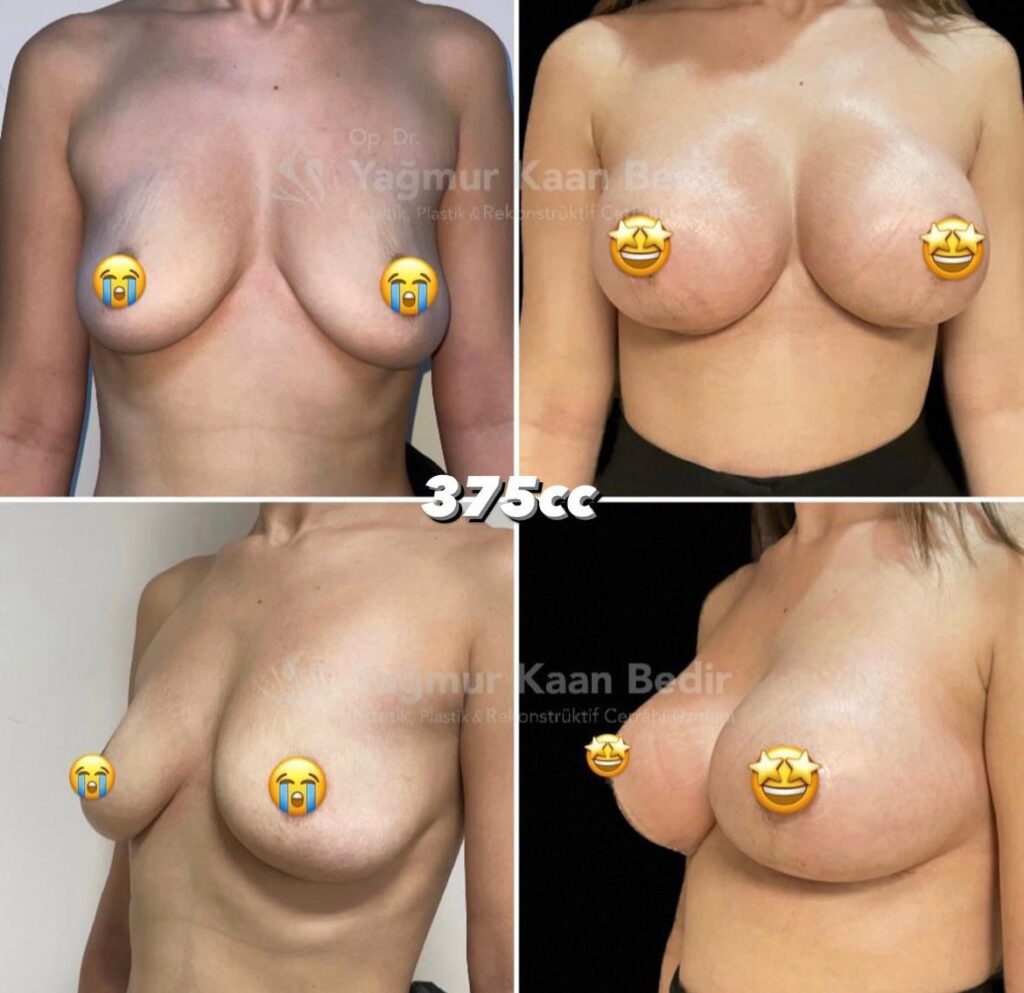
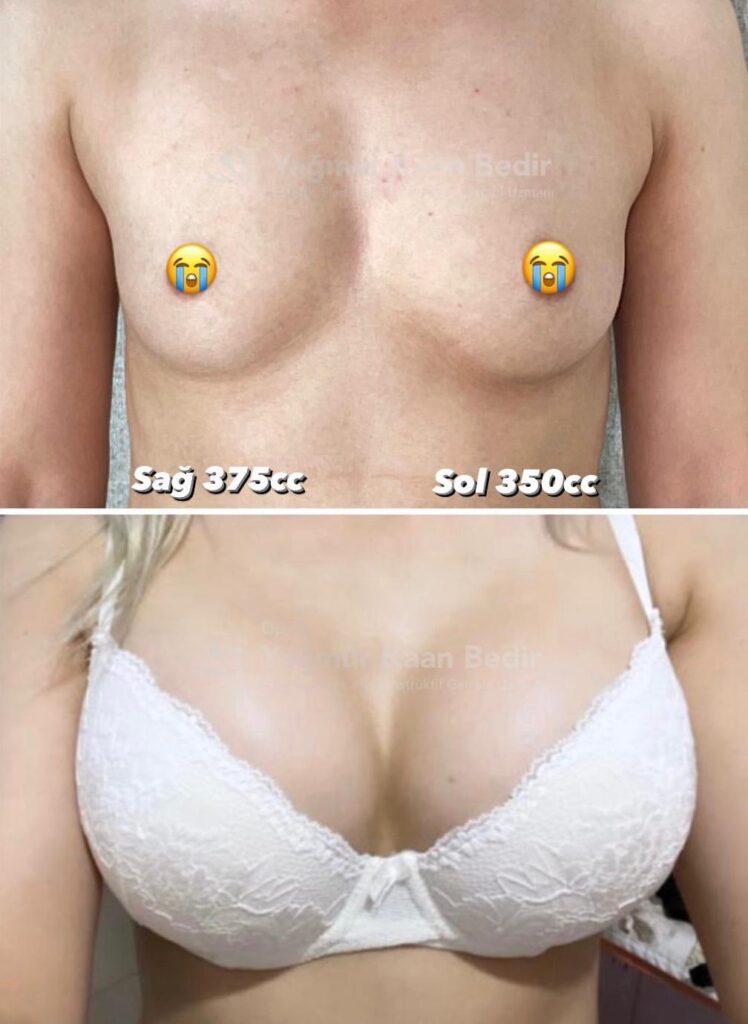
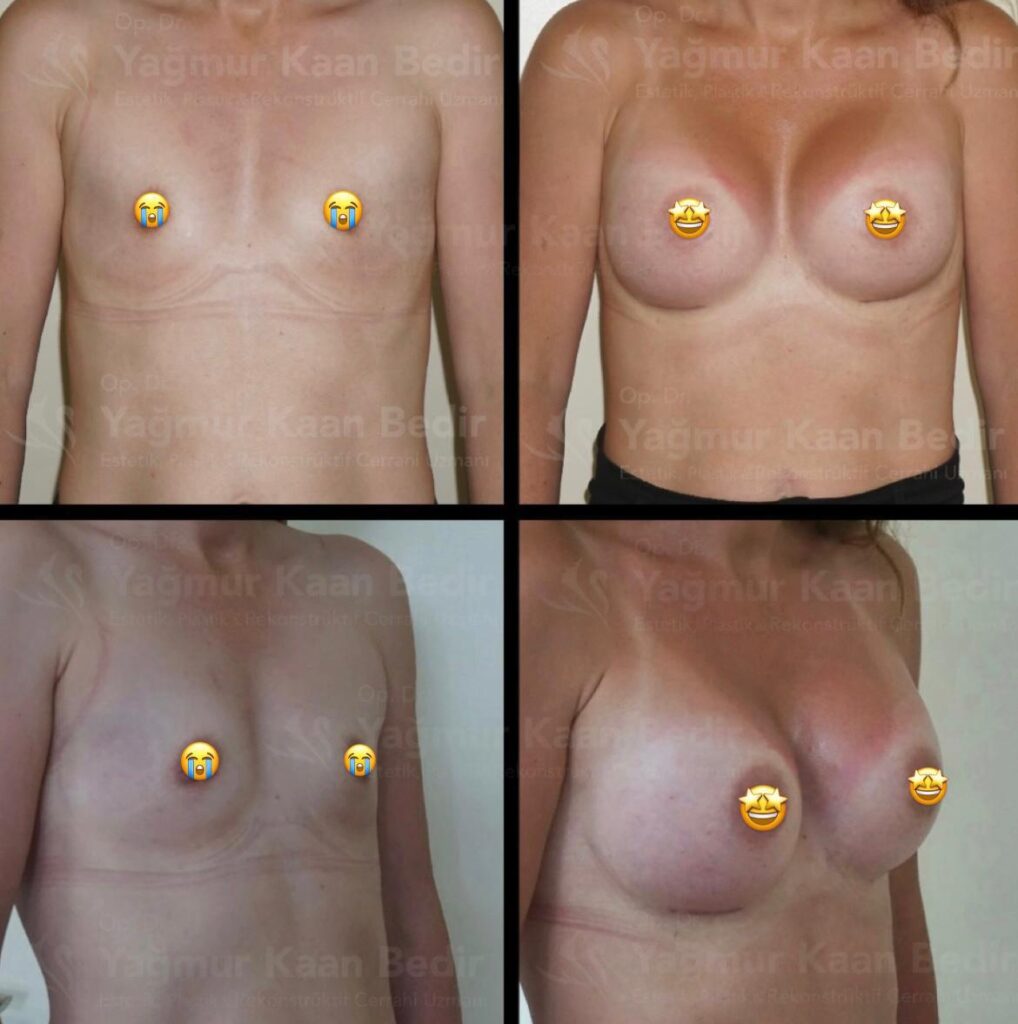
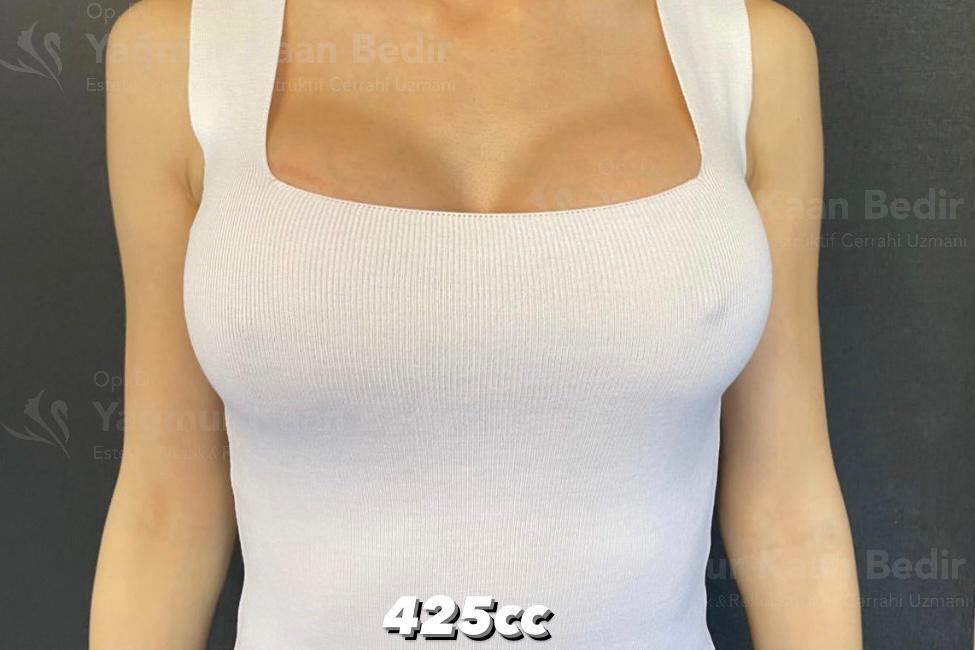
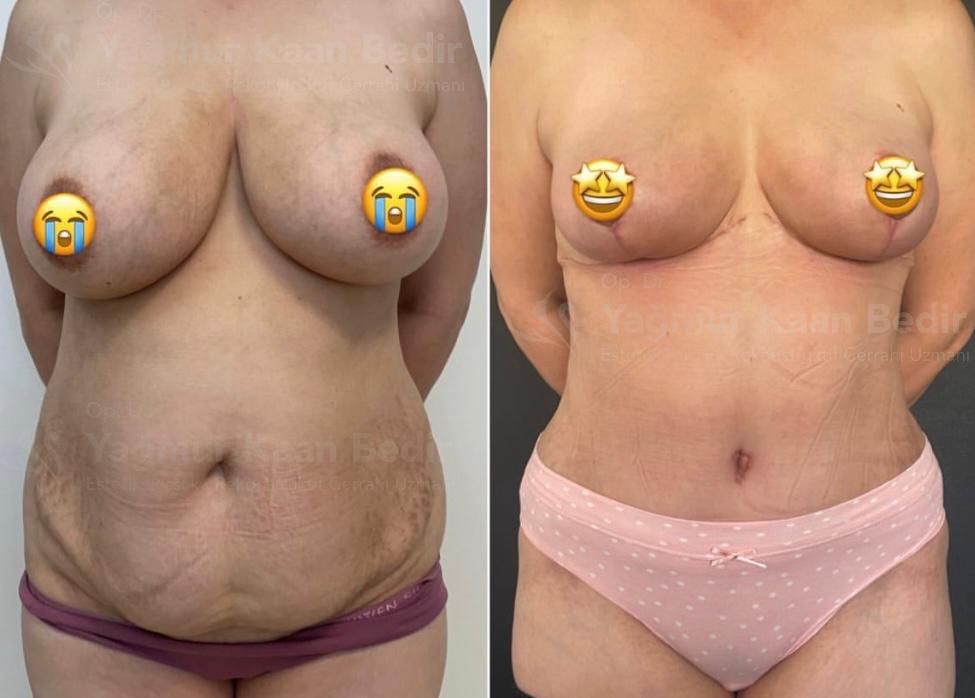
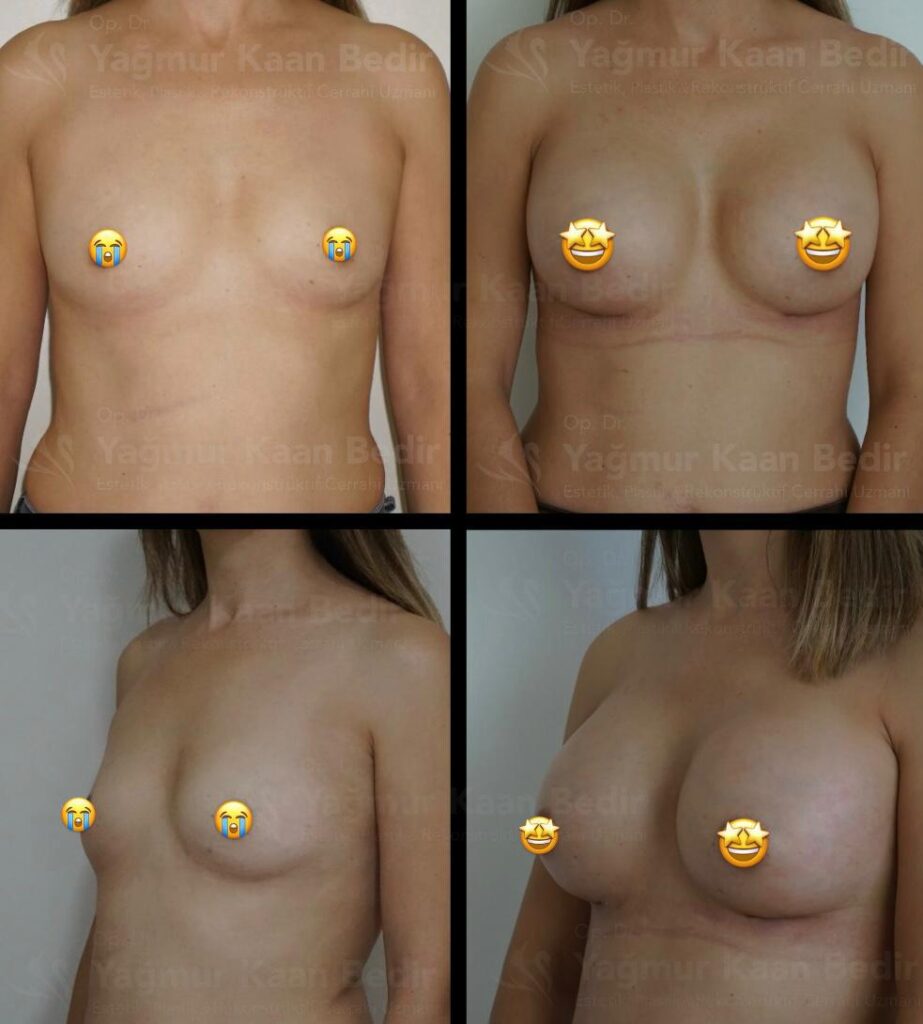


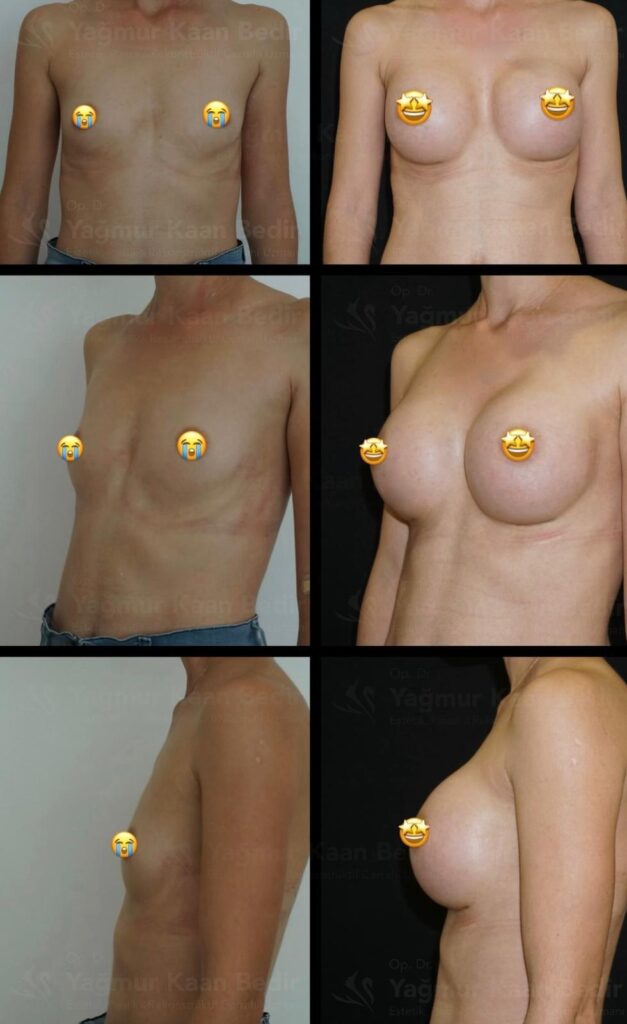
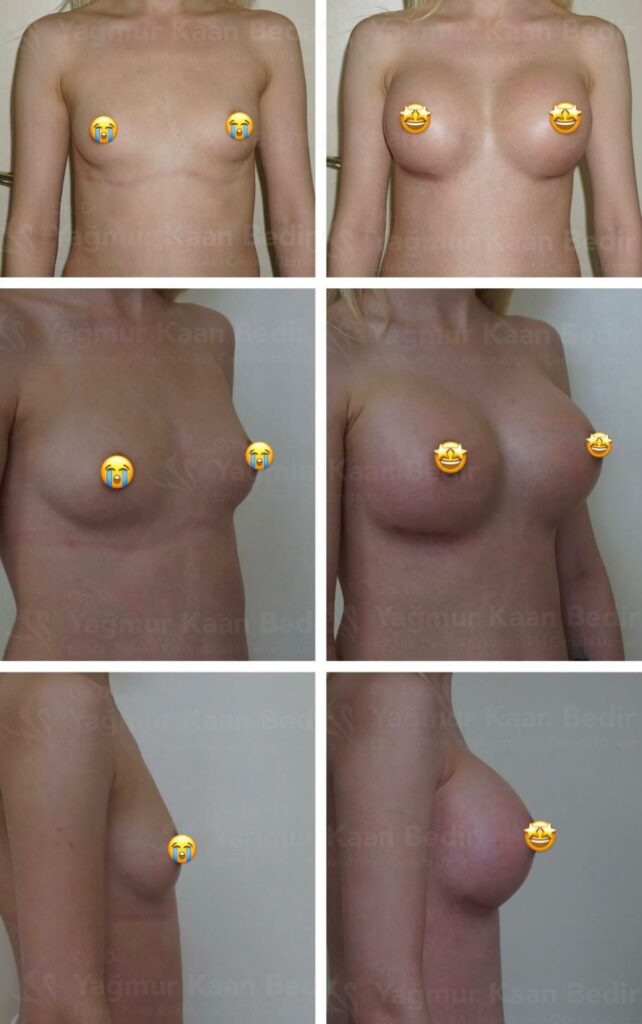
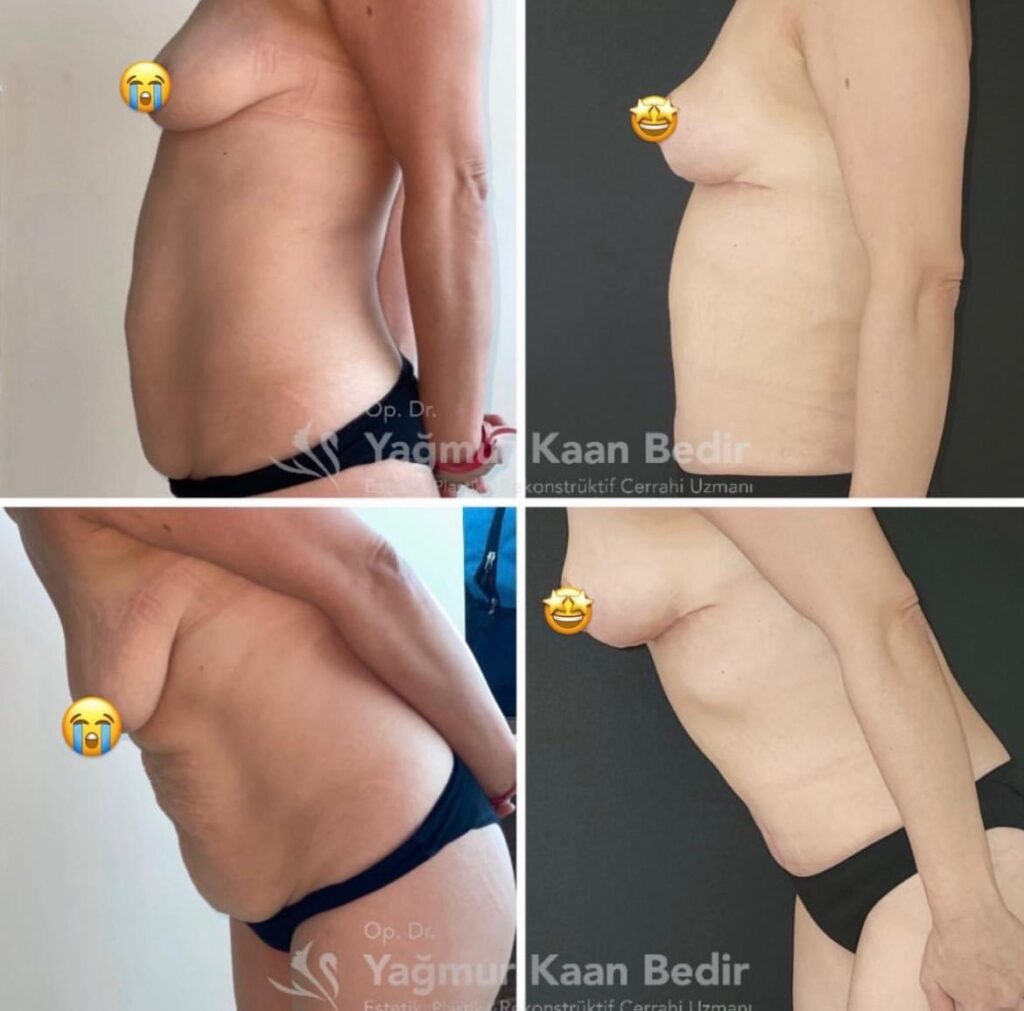
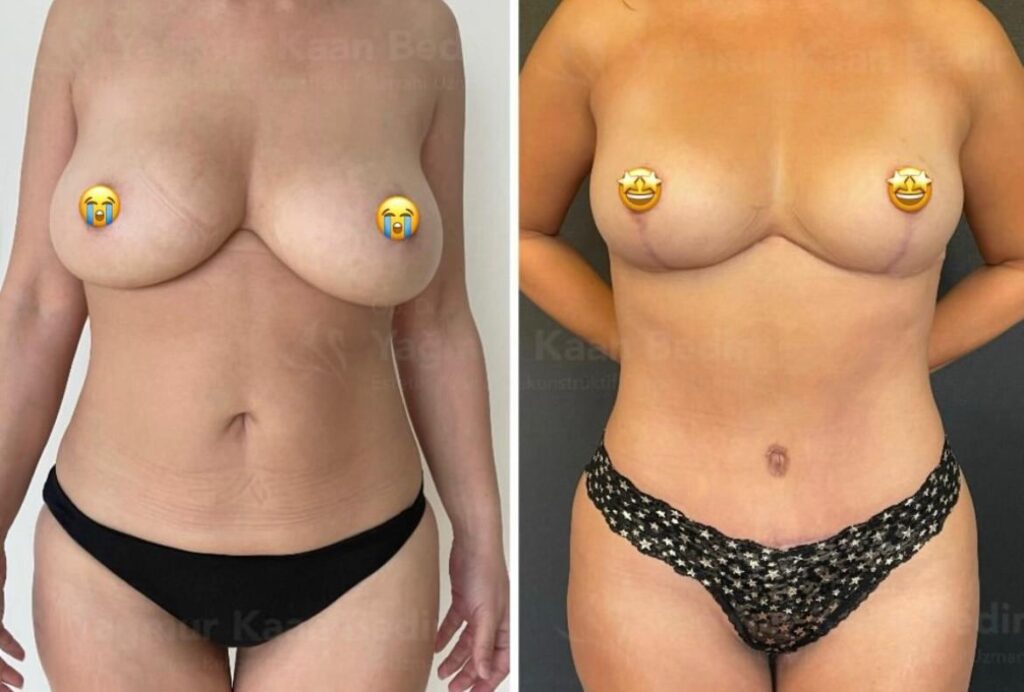
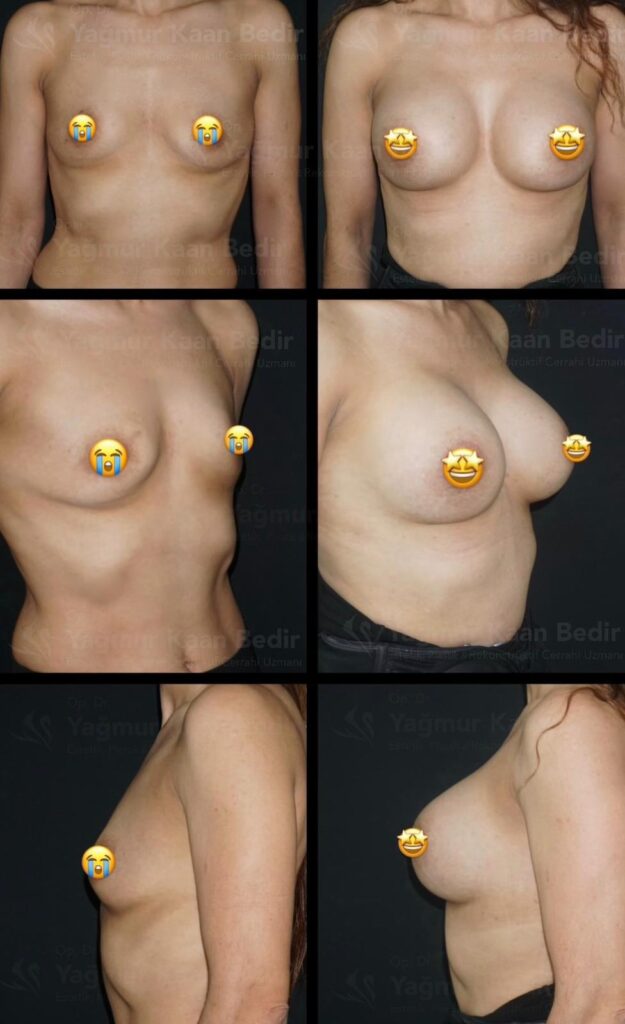
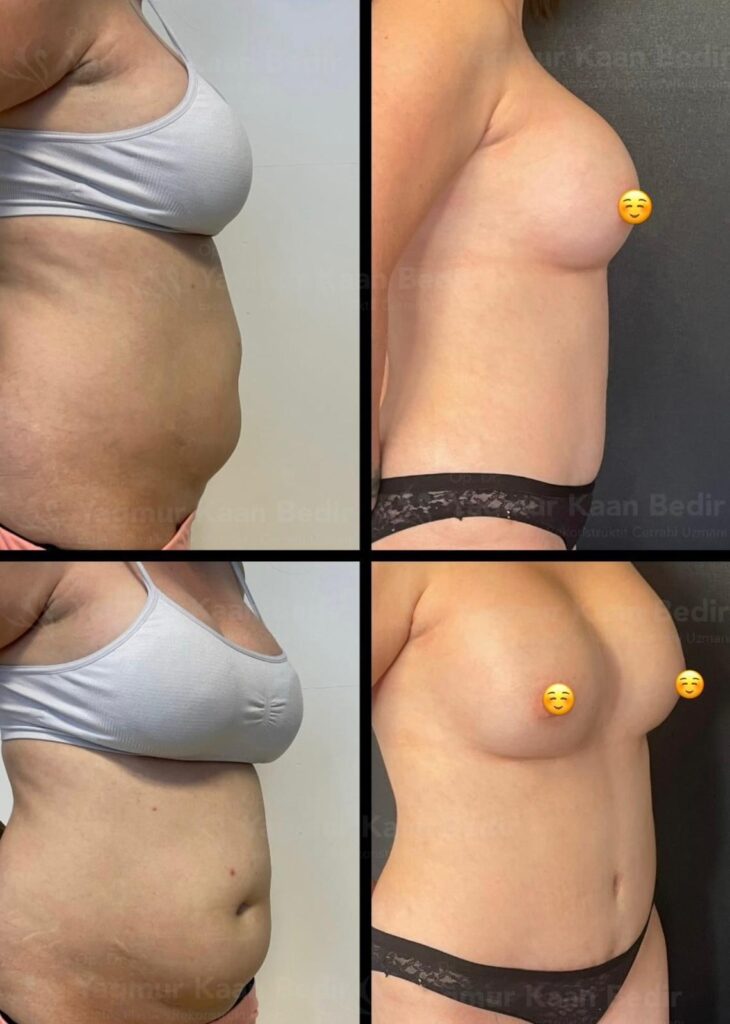
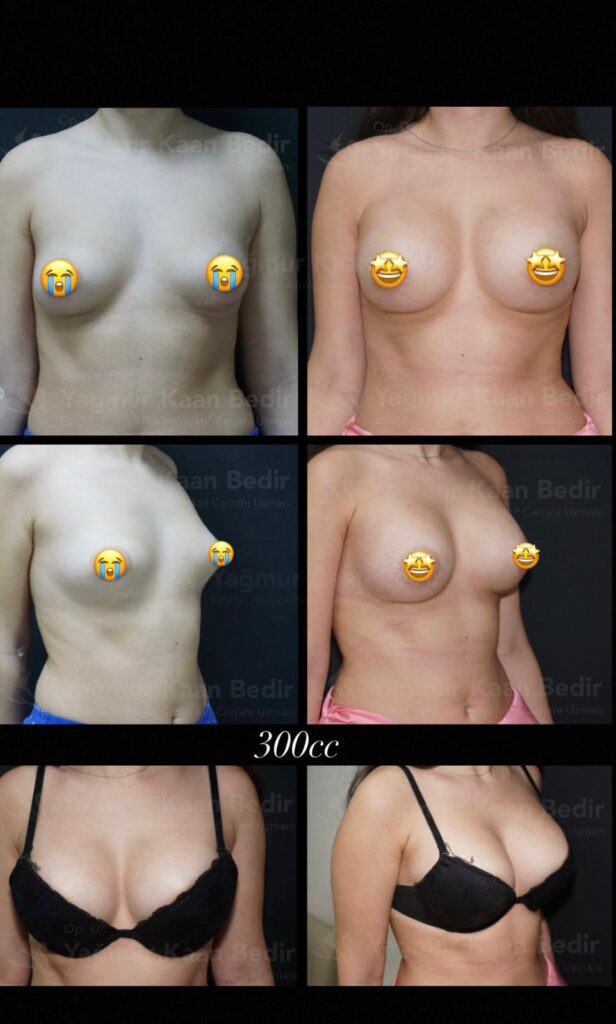
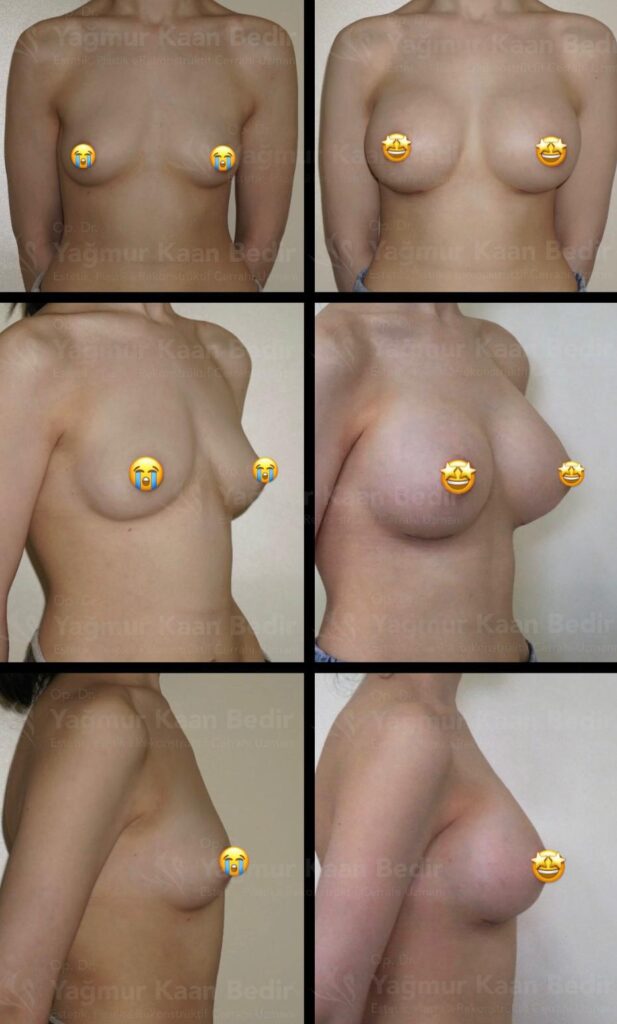


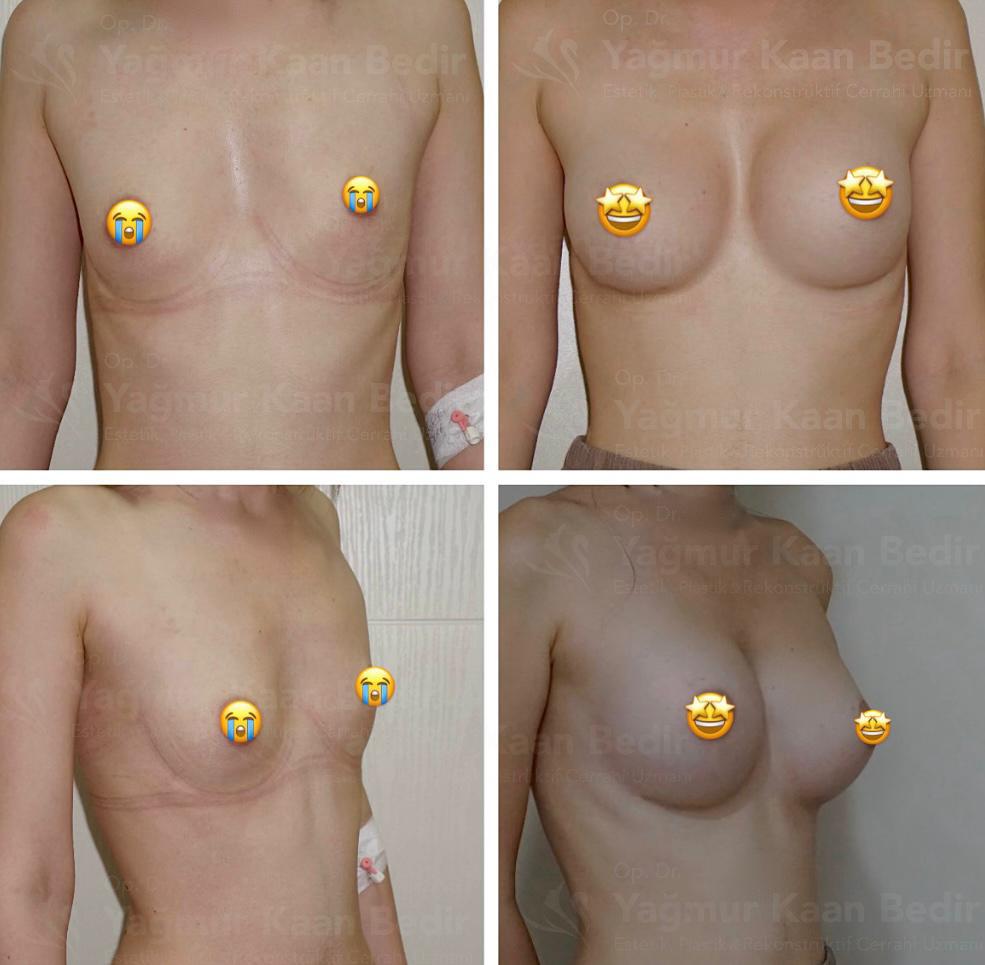
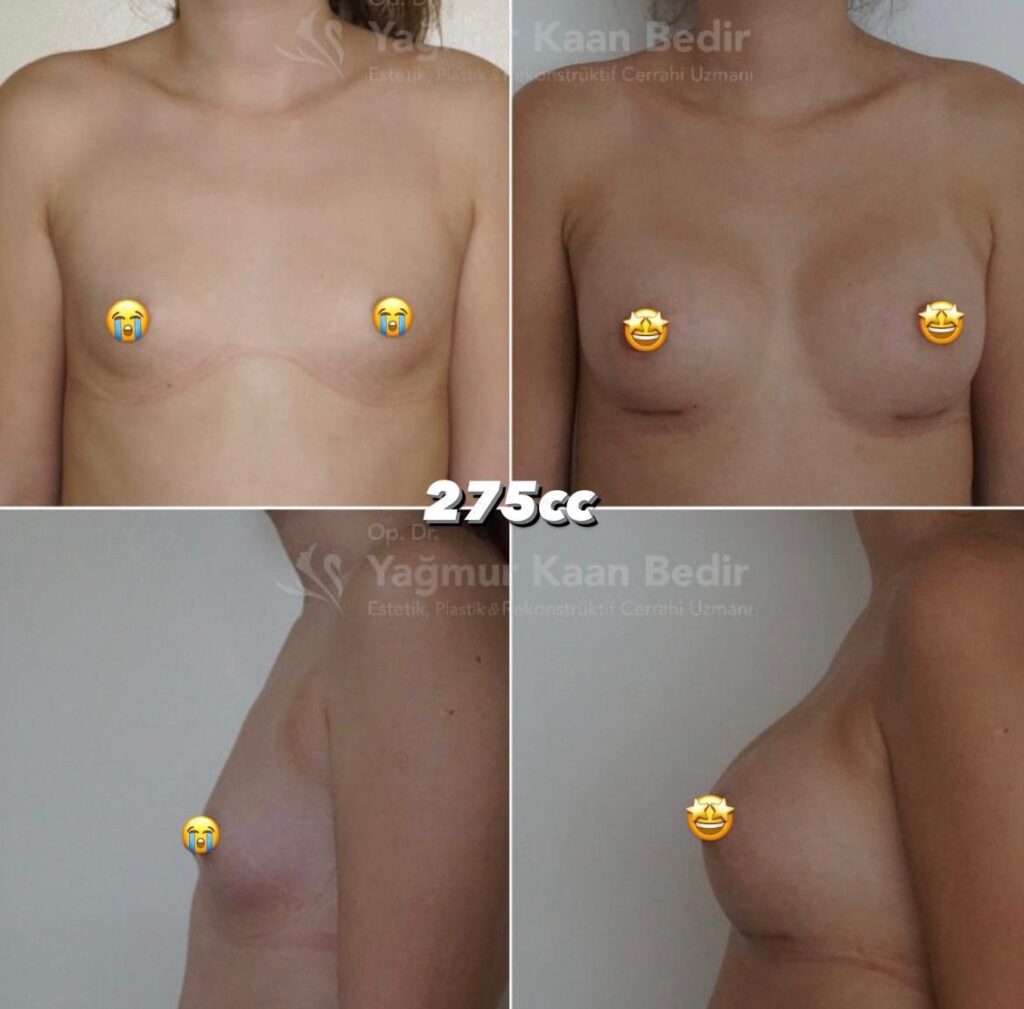
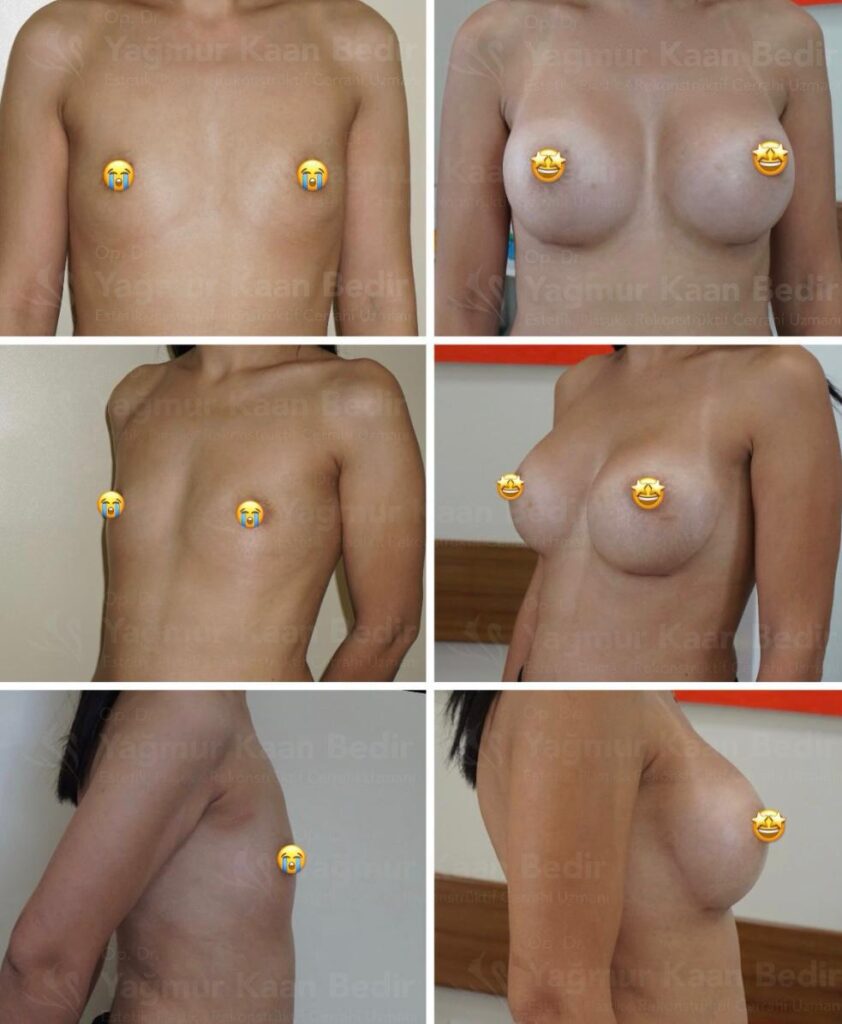
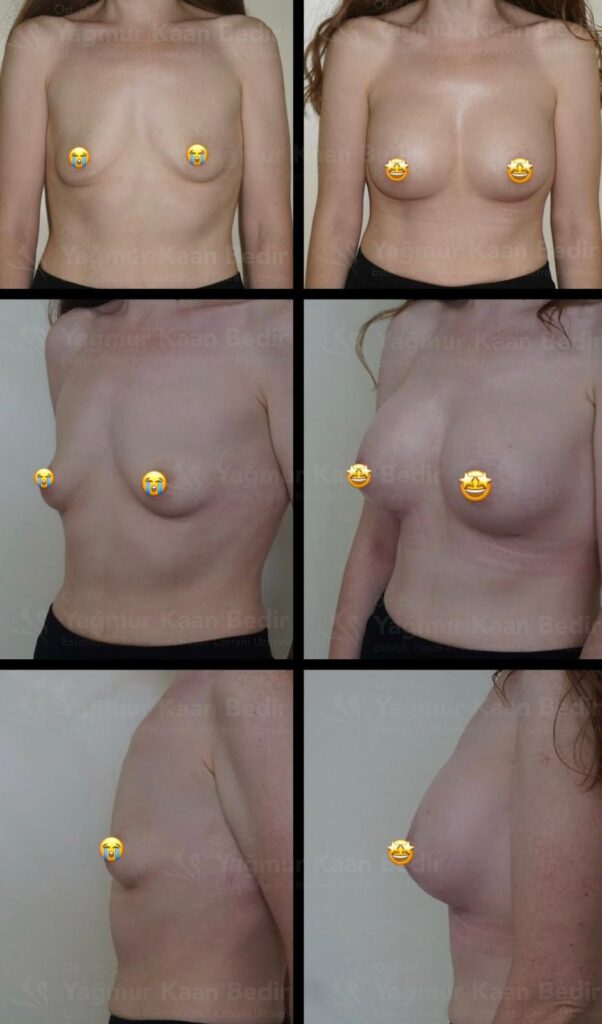
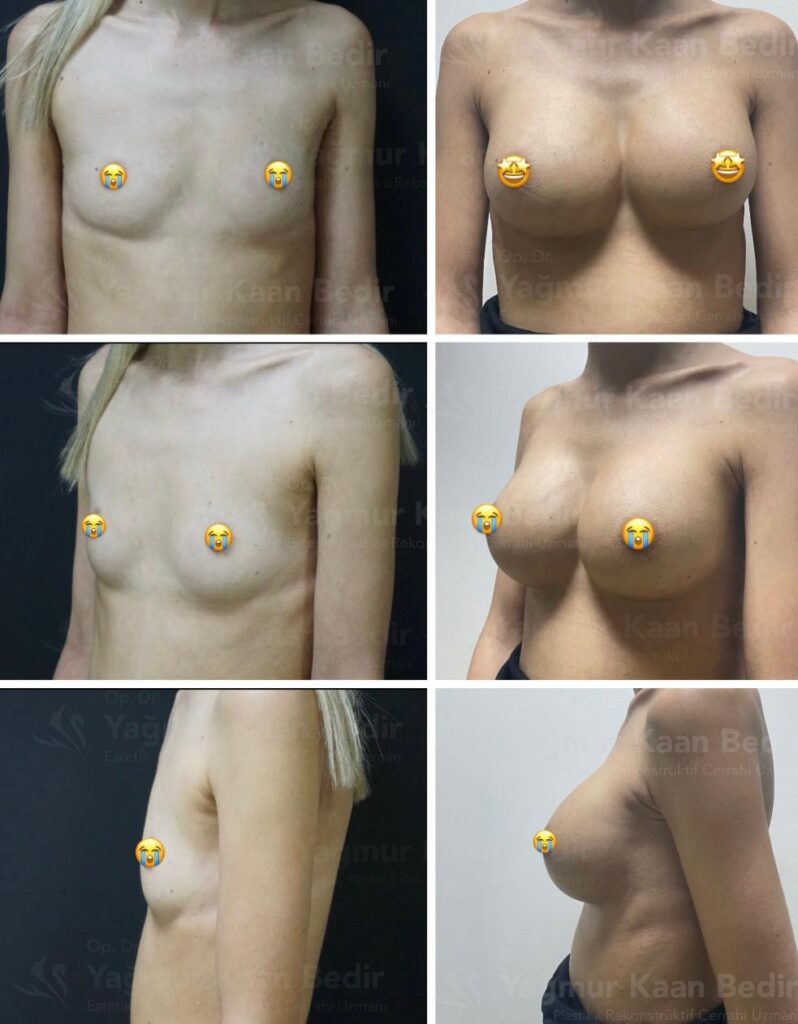
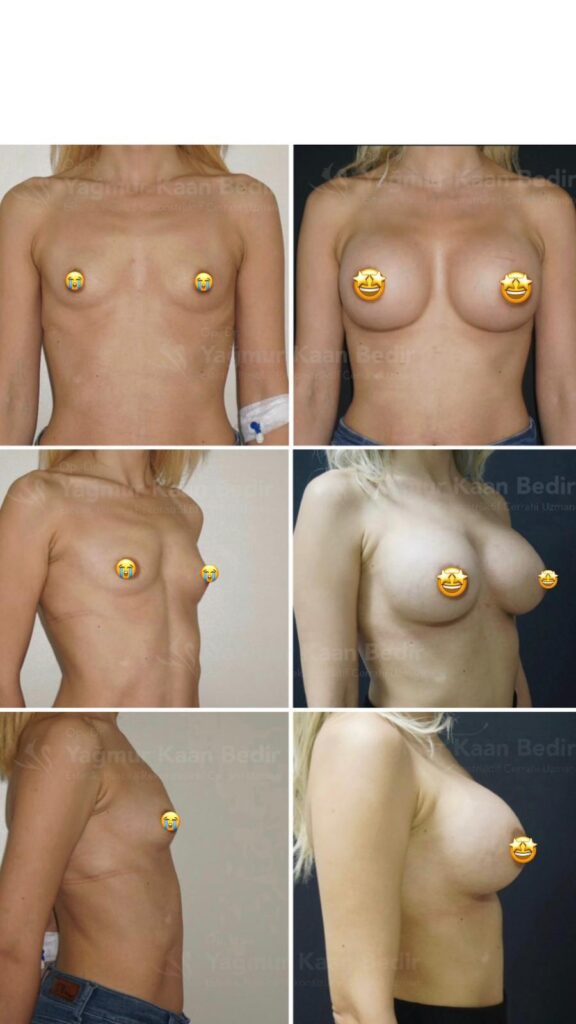
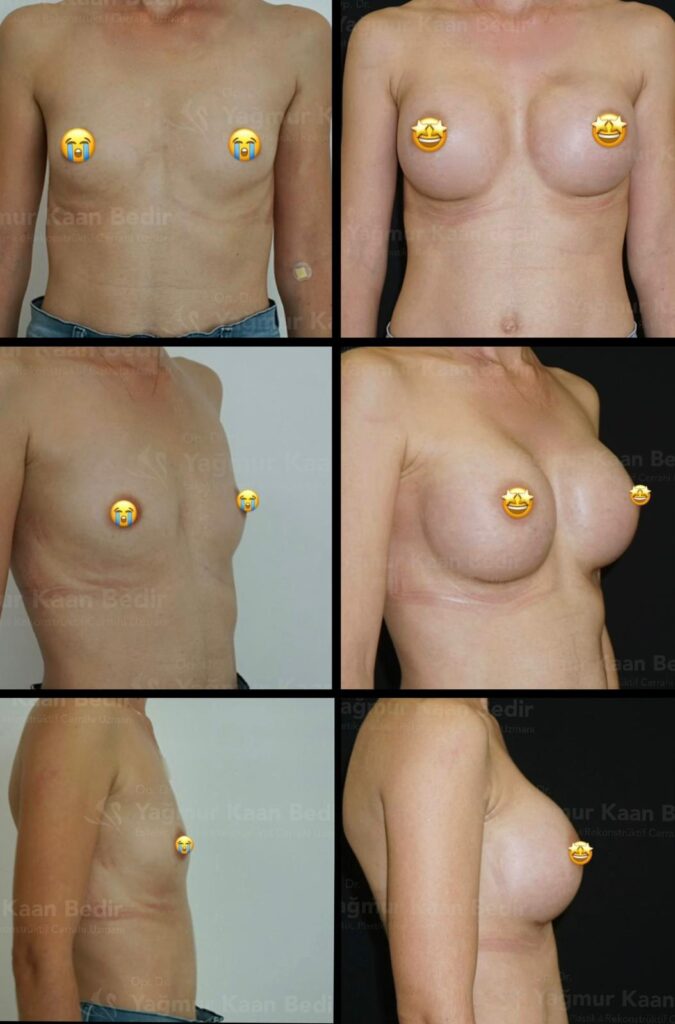
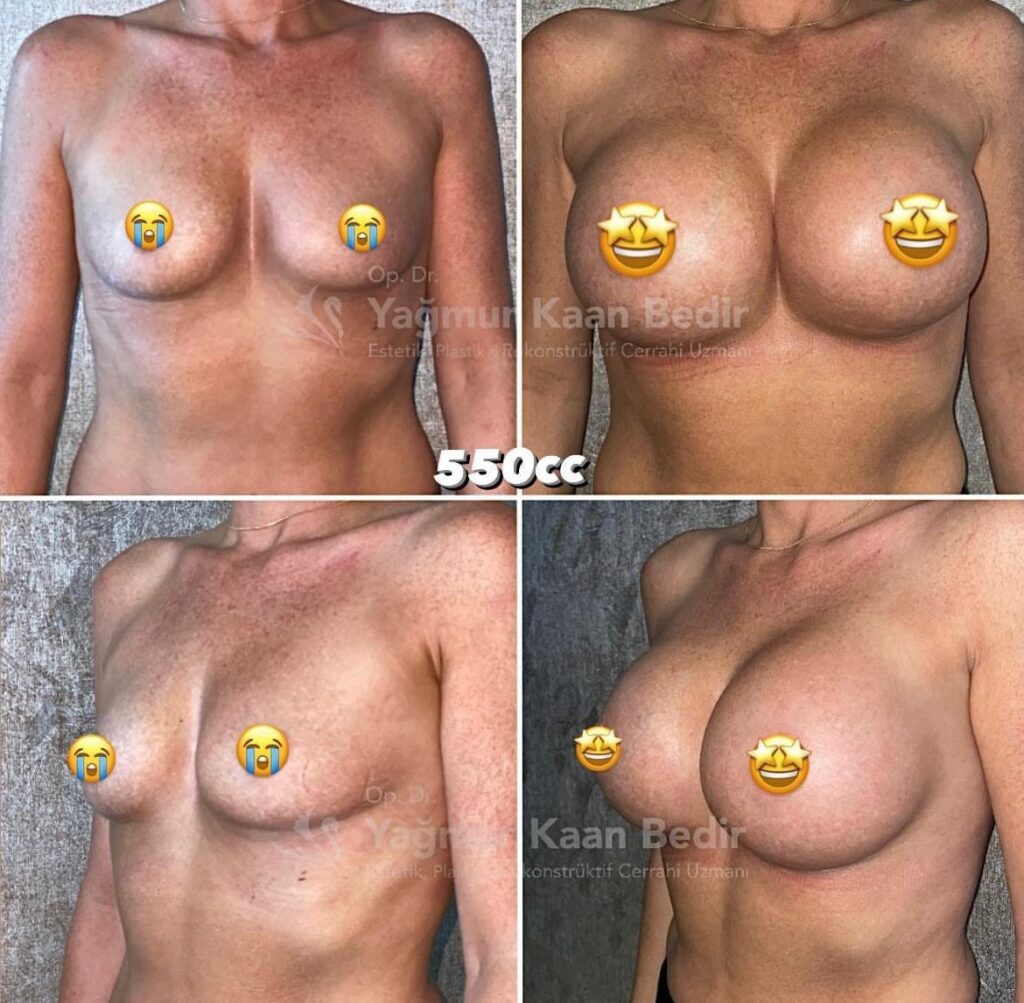
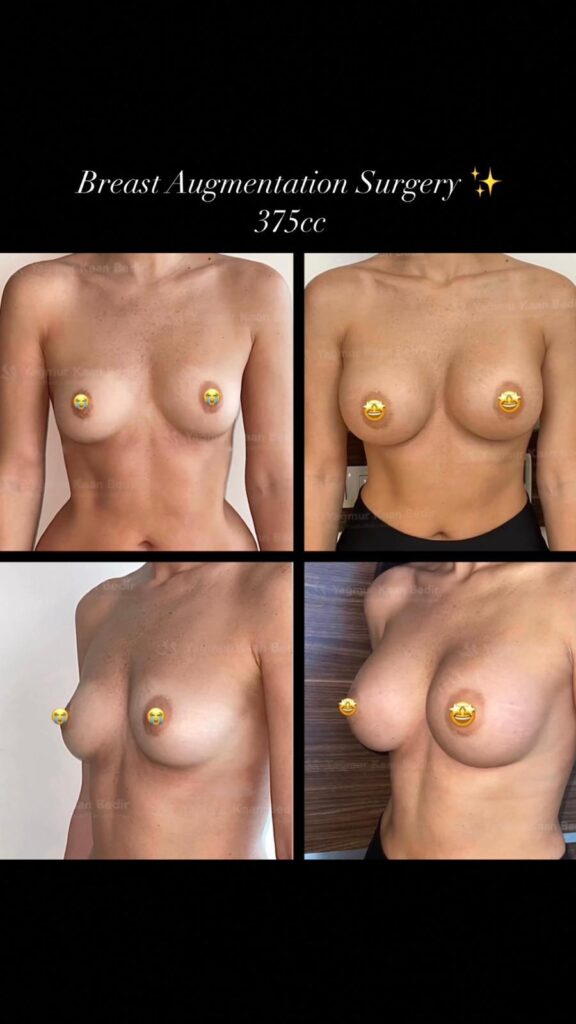

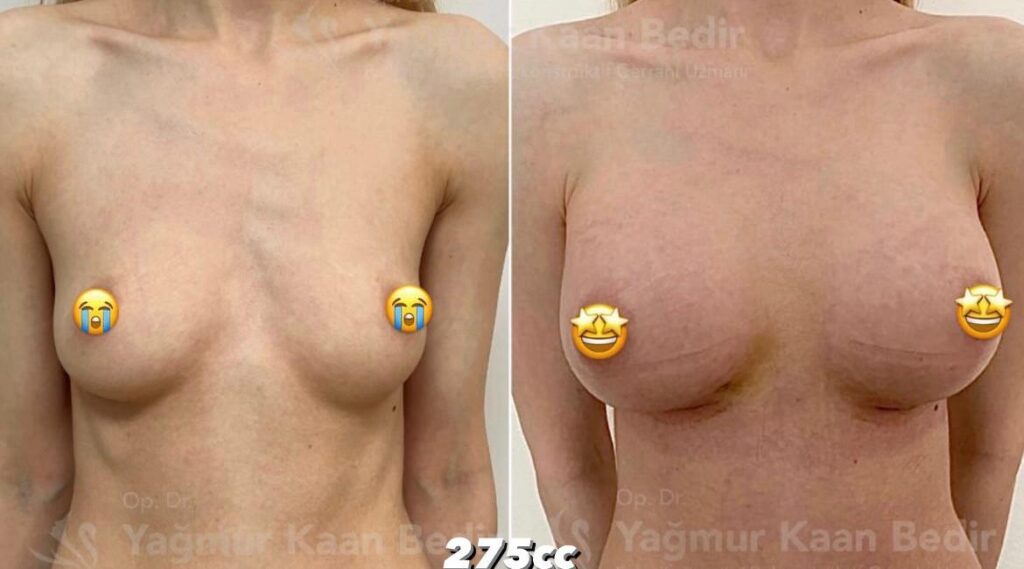
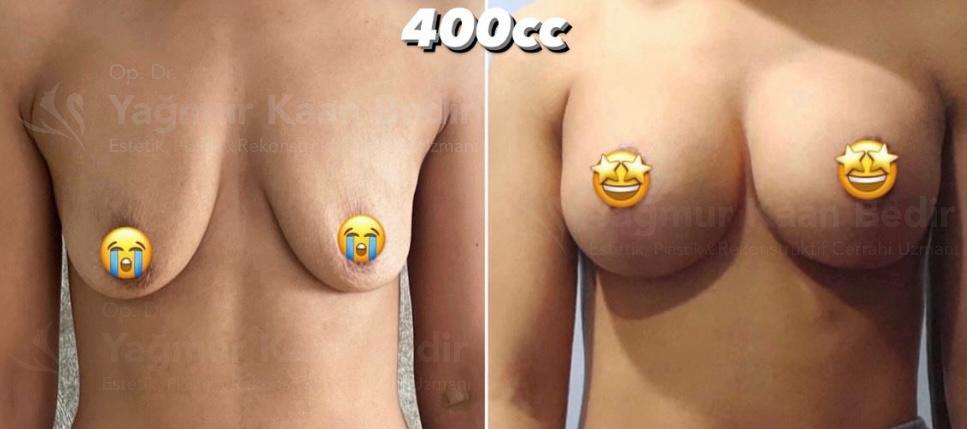
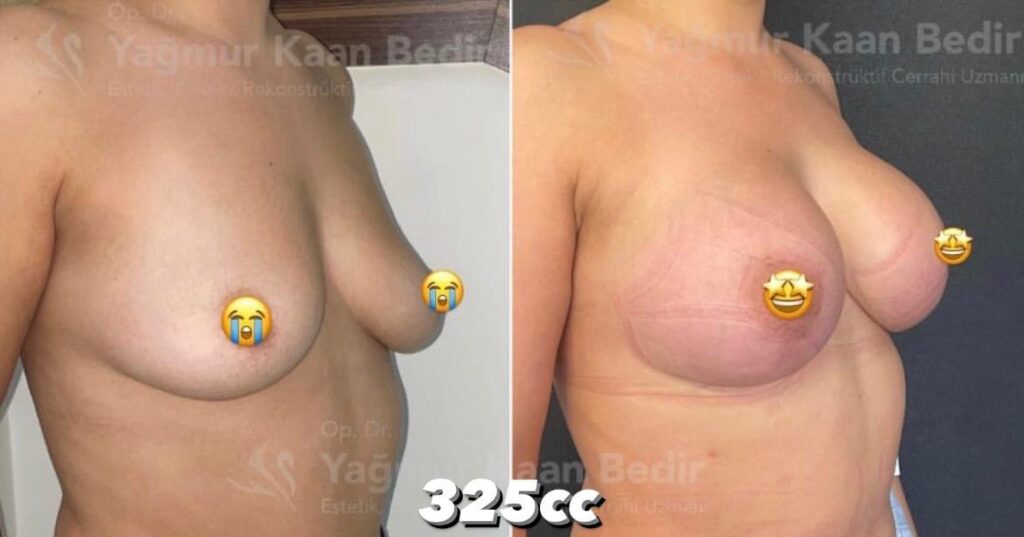
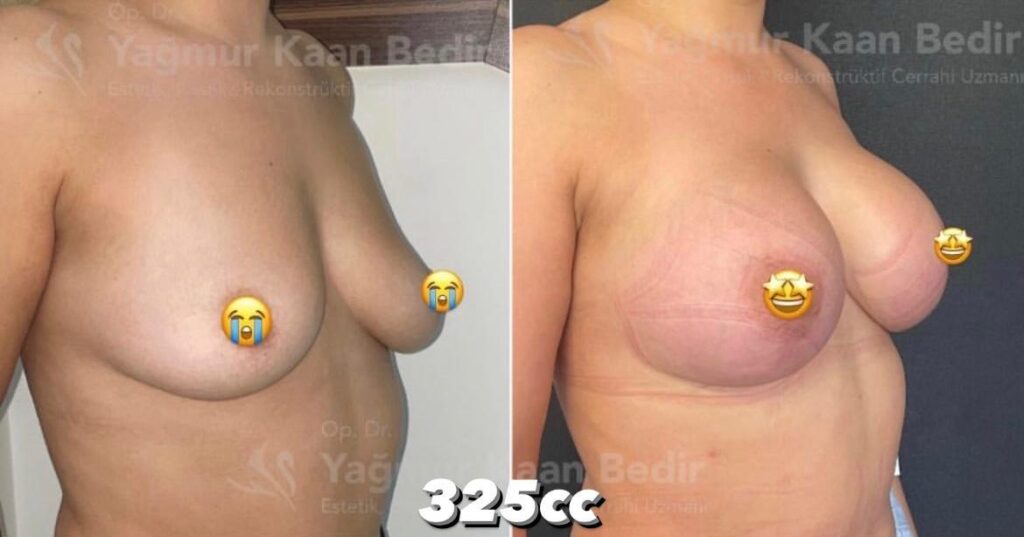
There are several methods for breast augmentation, and the choice depends on the patient’s anatomy, aesthetic goals, and surgeon’s recommendation. The three primary techniques are:
Filled with sterile saltwater (saline solution). Adjustable in size after placement. If the implant leaks, the saline is naturally absorbed by the body. Suitable for individuals who prefer smaller incisions and adjustable size control.
Filled with a cohesive silicone gel, mimicking the natural feel of breast tissue. Provides a more realistic texture and movement. Requires regular check-ups to ensure implant integrity. Ideal for patients looking for a more natural appearance.
Involves harvesting fat from another area of the body (e.g., abdomen, thighs) through liposuction and injecting it into the breasts. A natural alternative to implants with minimal scarring. Limited enhancement compared to implants, making it best suited for subtle volume increase.

Privacy Policy | Terms & Conditions
© 2025 Better Version Lab. All Rights Reserved.